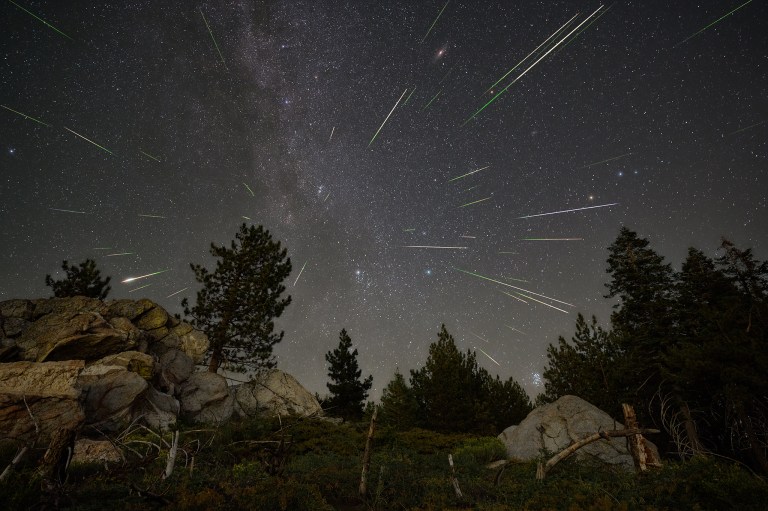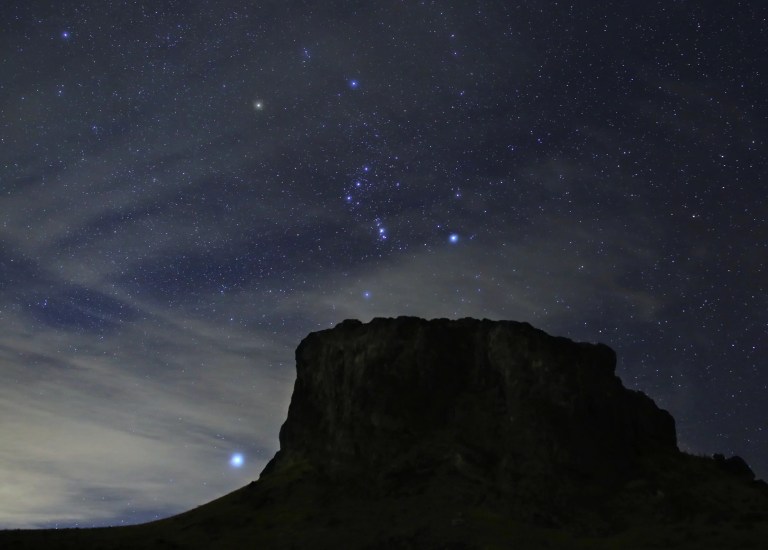Tips & Guides
-
01
How to Photograph a Meteor Shower
Taking photographs of a meteor shower can be an exercise in patience as meteors streak across the sky quickly and unannounced, but with these tips – and some good fortune – you might be rewarded with a great photo.
 The Perseids Meteor Shower.
The Perseids Meteor Shower. -
02
Binoculars: A Great First Telescope
A first telescope should be easy to use and provide good quality views while being affordable. As it turns out, those requirements make the first telescope of choice for many stargazers something unexpected: a good pair of binoculars!
 Observing the Moon with binoculars in Texas, USA.
Observing the Moon with binoculars in Texas, USA. -
03
How to Find Good Places to Stargaze
If you're hoping to do some skywatching, but you're not quite sure how to find a great spot, we have you covered. Here are some key things to know about how to find the best places for stargazing.
 The constellation Orion.
The constellation Orion.
Latest Content
Stay up-to-date with the latest skywatching tips and facts from NASA.

A.M./P.M. Planet Watching, Plus the Eagle Constellation Mars shines in the evening, and is joined briefly by Mercury. Jupiter joins Venus as the month goes on. And all month, look for Aquila the eagle. Skywatching Highlights All Month – Planet…

by Kat Troche of the Astronomical Society of the Pacific As summer deepens in the Northern Hemisphere, a familiar constellation rises with the galactic core of the Milky Way each evening: Scorpius the Scorpion. One of the twelve zodiacal constellations,…
.jpg?w=300&fit=clip&crop=faces%2Cfocalpoint?w=300px)
from NASA’s Heliophysics Education Activation Team (NASA HEAT) and the Astronomical Society of the Pacific/Night Sky Network Have you ever wondered about what the Sun is made of? Or why do you get sunburned on even cloudy days? NASA’s new…

Planets, Solstice, and the Galaxy Venus and Saturn separate, while Mars hangs out in the evening. Plus the June solstice, and dark skies reveal our home galaxy in all of its glory. Skywatching Highlights All Month – Planet Visibility: Daily…

by Kat Troche of the Astronomical Society of the Pacific Here on Earth, we undergo a changing of seasons every three months. But what about the rest of the Solar System? What does a sunny day on Mars look like?…
































